Beowulf Sheehan is the master of the literary portrait. His new book, AUTHOR, collects his photographs of 200 writers, historians, journalists, playwrights, and poets from 35 countries, from Roxane Gay to Masha Gessen, Patti Smith to Zadie Smith, Karl Ove Knausgaard to J. K. Rowling, and Jonathan Franzen to Toni Morrison. Here, he was generous enough to share some moments from behind the scenes:
Margaret Atwood
Margaret Atwood radiates grace. I’ve felt it from her each time I’ve been in her presence. In 2012, I photographed her in the greenroom of the New School’s Alvin Johnson/J. M. Kaplan Hall for PEN America. She was, as she had been previously, the brightest light in the room. I broke the ice by recalling the last time I was with her. Our short conversation took a turn as she brought up social media and her elation at how many people were following her on Twitter. I replied that many people adored her work and her. Then we made our pictures. I didn’t know, however, that the door to the room was unlocked. Not one but two people who weren’t meant to be there came in while we were working. I was a bit less than graceful in redirecting them. When I turned back to Margaret, her warmth and her smile were unchanged. Of course.
Ishion Hutchinson and Rowan Ricardo Phillips
In the fall of 2015, the archival bookseller Glenn Horowitz gave me the opportunity to make the photographs for a forthcoming book, The Ezra Pound Collection of Richard Frary. We arrived at the idea of photographing each book in the hands of a lauded poet. I was concerned about Pound’s fascist beliefs. But speaking with the poets about it, however, we had deep conversations about separating the art from the artist. By January, the project was underway. Fourteen poets participated, with Ishion and Rowan among them. For one set of images, which would be book and hands only, lighting and positioning stayed the same. For the second set, which would be full body, I asked each poet to give a unique gesture. The red of A Draft of XXX Cantos (1930) matched that of Ishion’s jacket pocket. And the book was a perfect fit. The picture to make was clear. Rowan said his natural reading position was low, resting on the floor. And I wanted for him to be his most comfortable self. He was, with Lustra (1916) in his hands.
Valeria Luiselli and Álvaro Enrigue
Married writers Valeria Luiselli and Álvaro Enrigue bought a house together in the Bronx, on the same block as friends of theirs, in 2017. I had photographed them many times, together and separately. I first photographed Álvaro in 2009, and we were comfortable with each other. Now, my view of them included their new home and their newly adopted puppy. Their love for each other and for their work was growing. That love was shared openly when I photographed them, upstairs in Valeria’s new writing studio.
Chinua Achebe
In the winter of 2008, PEN honored the Nigerian writer Chinua Achebe at Town Hall. I had a moment to photograph him at the end of the evening, in a back room. His family waited to my side. Achebe was expressionless. One of his sons said to me, “Are you almost done? It’s my father’s birthday, and we’re going to be late to dinner.” I responded by saying that was wonderful and began singing “Happy Birthday” to Achebe. He grew a surprised, bemused smile on his face—and then we were done. I later learned that it wasn’t his birthday, but I was grateful for the chance to inspire a more animated Chinua Achebe.
Emma Straub
I doubt anyone turned their book cover into clothing before Emma Straub did. Her ebullience and humor are infectious. They touch everyone she meets, both in and out of her bookstore, Books Are Magic. When she walked into my makeshift studio at the Oregon Historical Society in Portland in November 2016, I saw that her jumpsuit, with Modern Lovers covering her body, was quintessential Emma. From there it only made sense to photograph her jumping.
Tom Wolfe
Tom Wolfe turned eighty-three on March 13, 2013. That same day, I was granted ten minutes to photograph him. Though I don’t remember his words, he joked about my name before I had the chance to wish him a happy birthday. He was slight, his trademark suit a bit big for him, his spine curved despite the tower of a figure he was to so many. The turn of his smile was unchanging. His spirit was easy, curious, and kind. Though his body left us this year, I’d like to think his spirit still hasn’t.
Alejandro Zambra
When Alejandro Zambra walked into my studio on Thanksgiving Eve 2015, I already knew his work fairly well. He was as peculiar and as clever as My Documents suggested. Early in our session, he asked whether he could step out to smoke. “Yes,” I said. Again. “Yes,” I said. And then he asked whether I had ever smoked. I grew up asthmatic, and cigarette smoke was my near kryptonite. “No,” I replied. He told me, “You should try it. It’s beautiful.” He asked whether he could smoke again. And I realized that was the picture. My assistant and I opened up all the windows and threw a blackout cloth behind Alejandro to better show the smoke, and he huffed and puffed until I could barely see. I hadn’t allowed cigarette smoke in my studio before and haven’t since. For Alejandro, however, it had to be there. It was part of him and it was, as he said, “beautiful.”
Beowulf Sheehan is a photographer of portraiture and performance in the arts. His work has appeared internationally, including in Esquire, The New Yorker, Time, Vanity Fair, and Vogue, and at the American Academy of Arts and Letters, the Dostoevsky Museum, and the International Center of Photography. His new book AUTHOR: The Portraits of Beowulf Sheehan is on sale now from Black Dog & Leventhal/Hachette Book Group.
from The Paris Review https://ift.tt/2NBrM2K
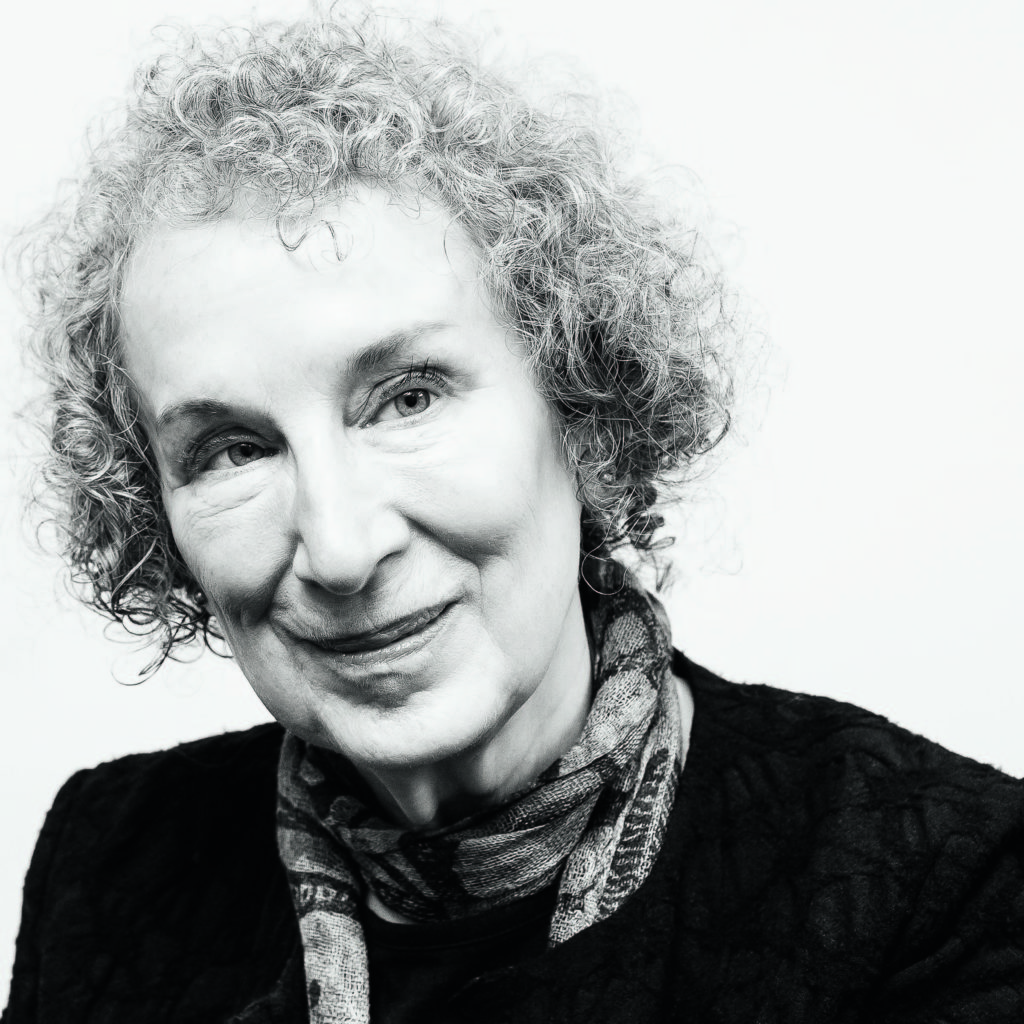
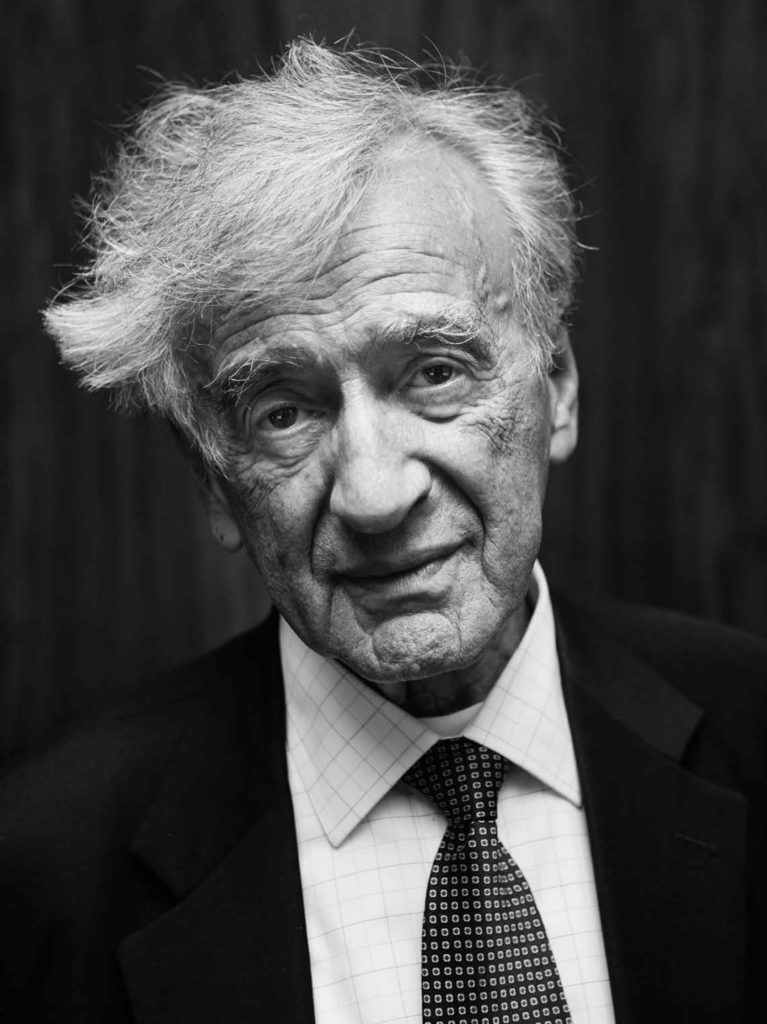
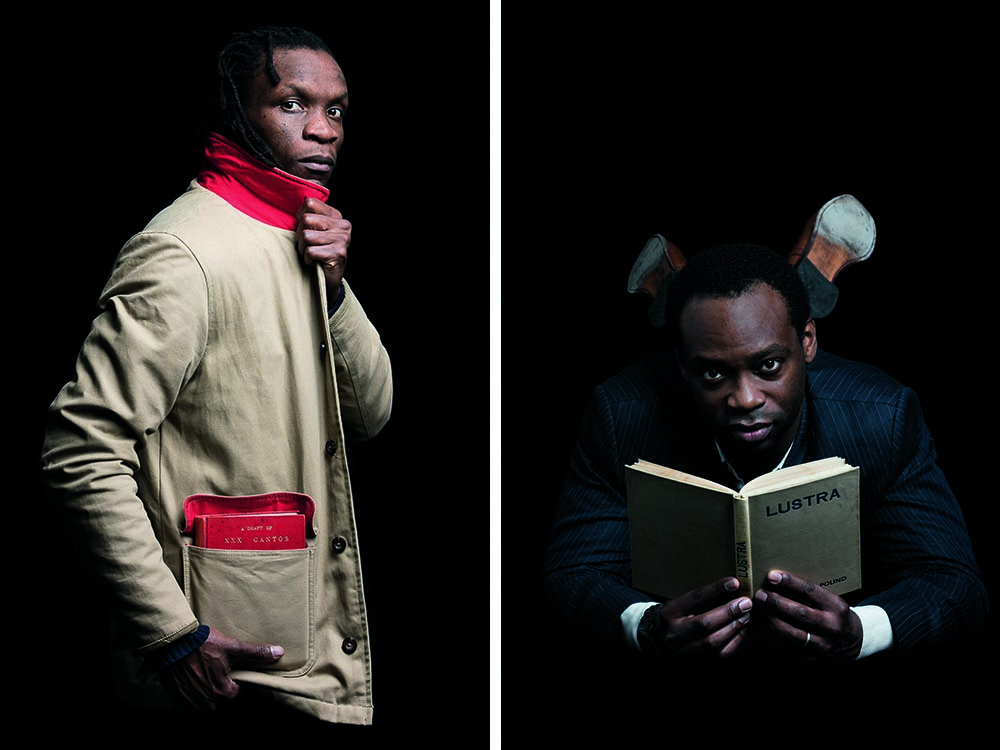
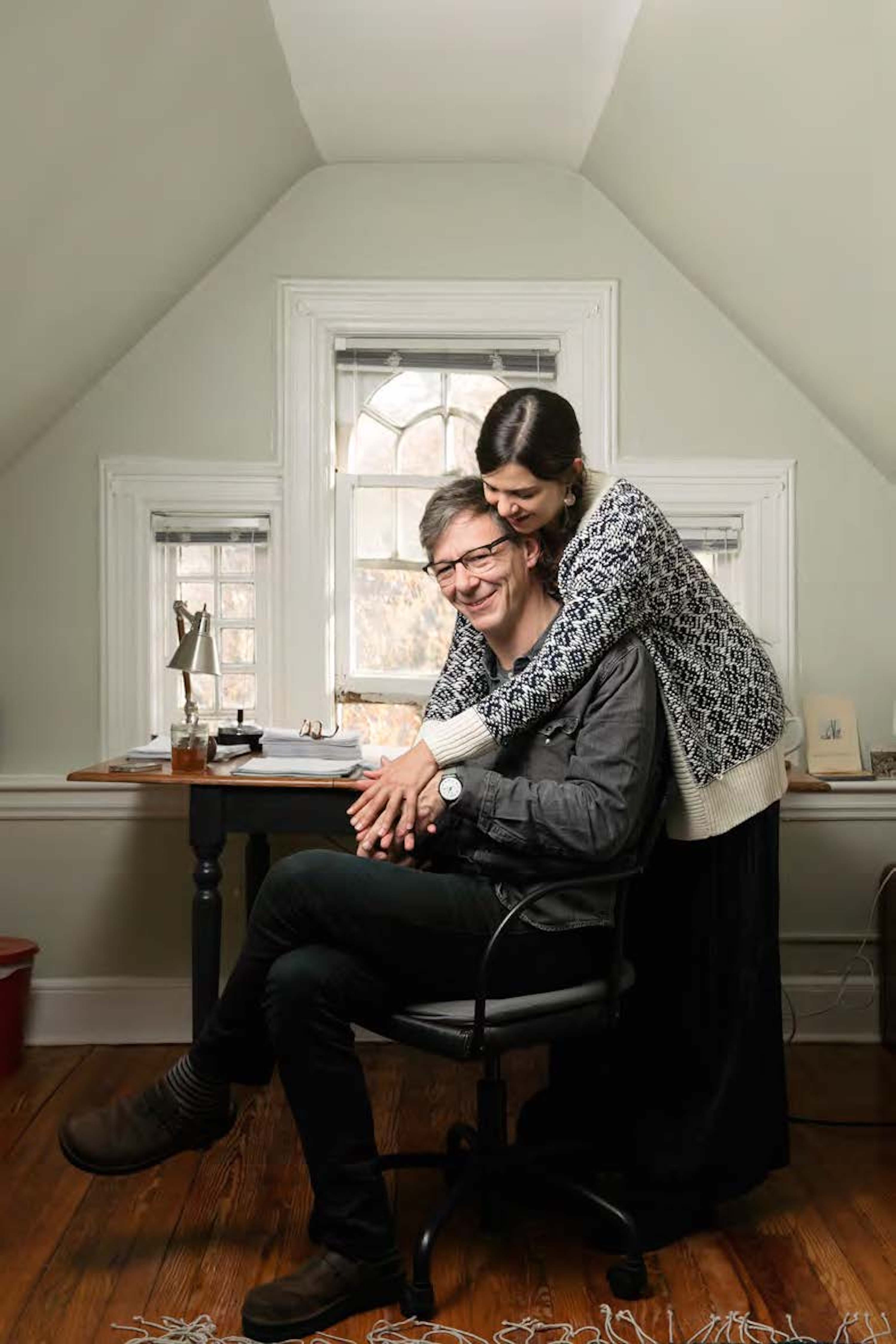
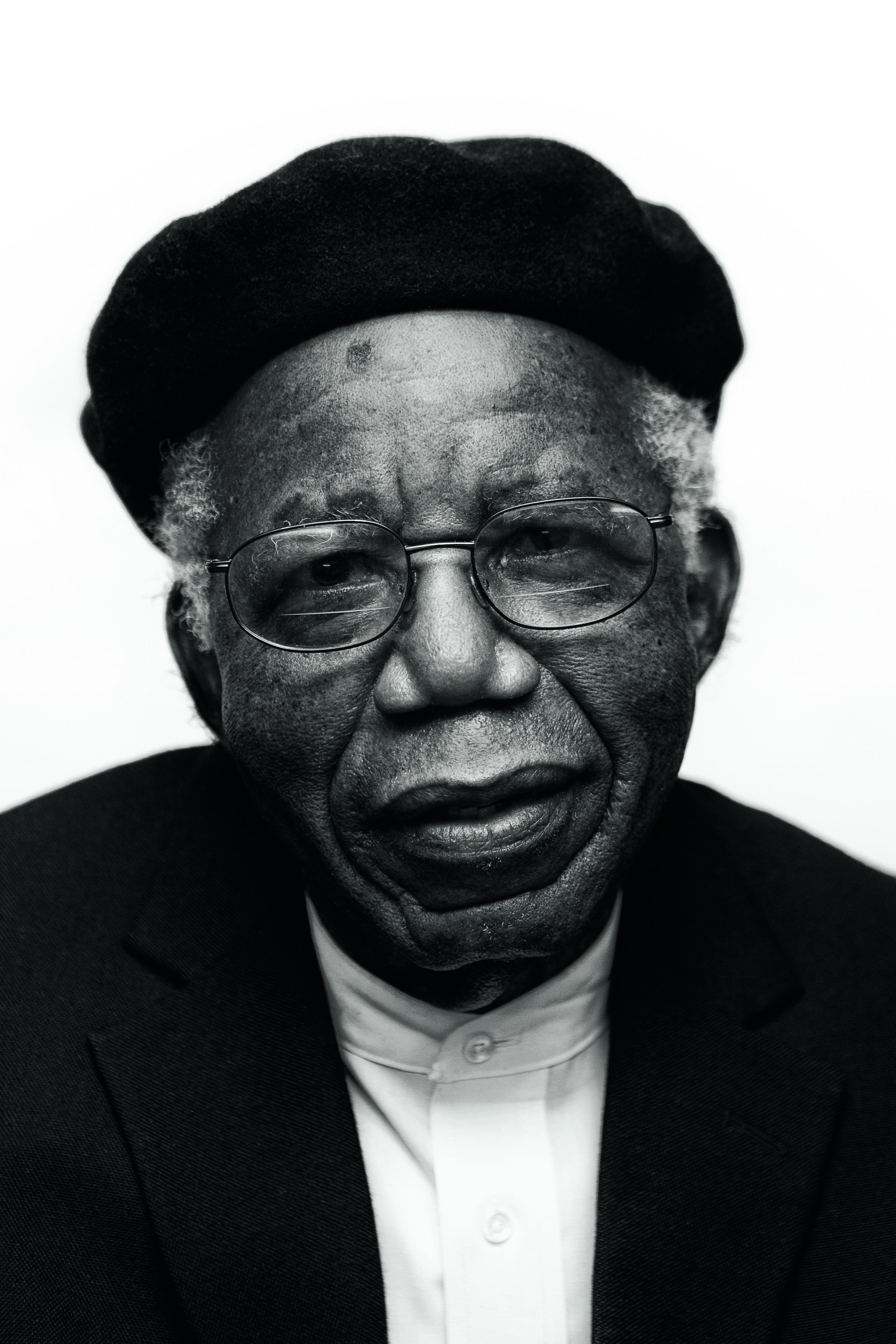
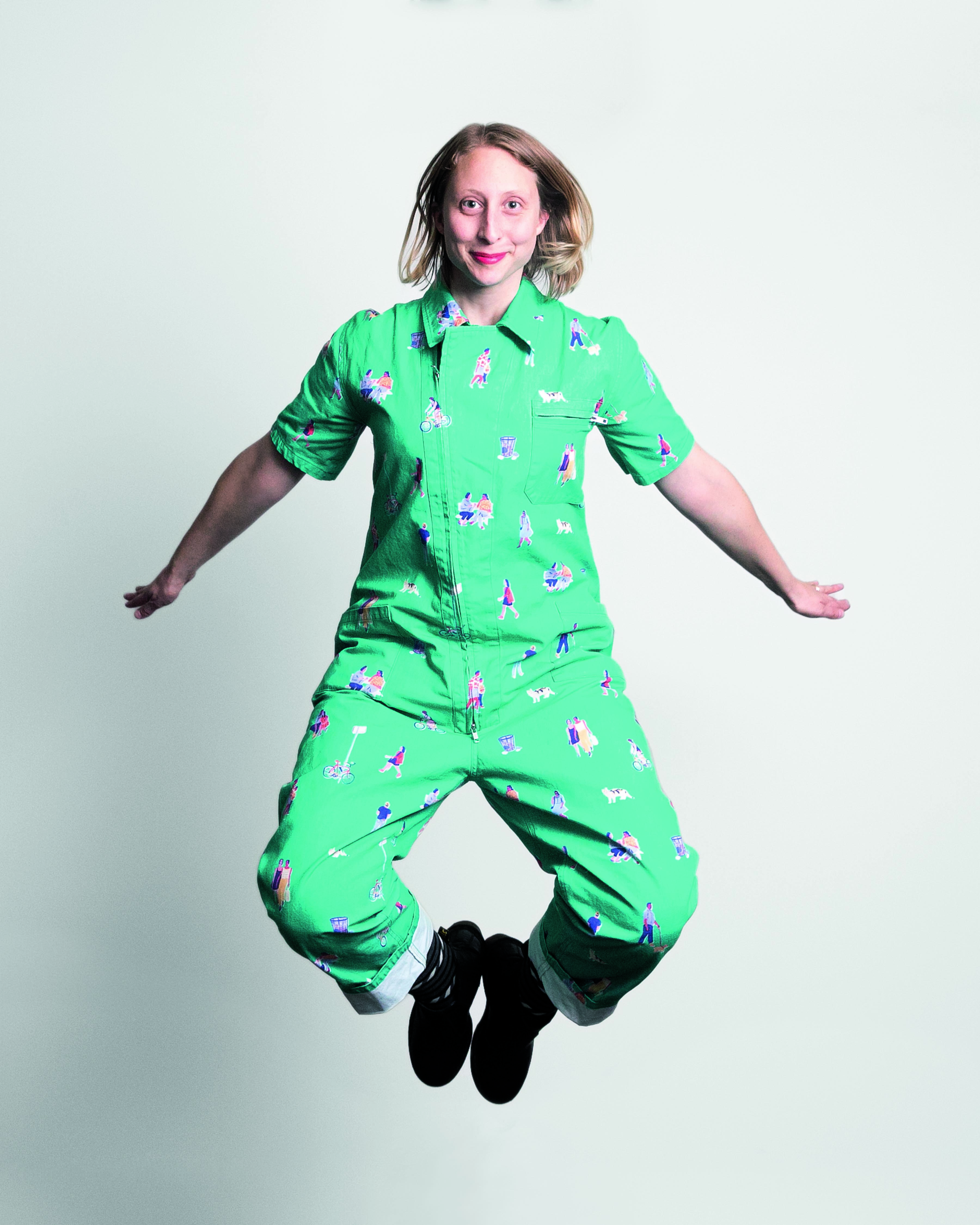
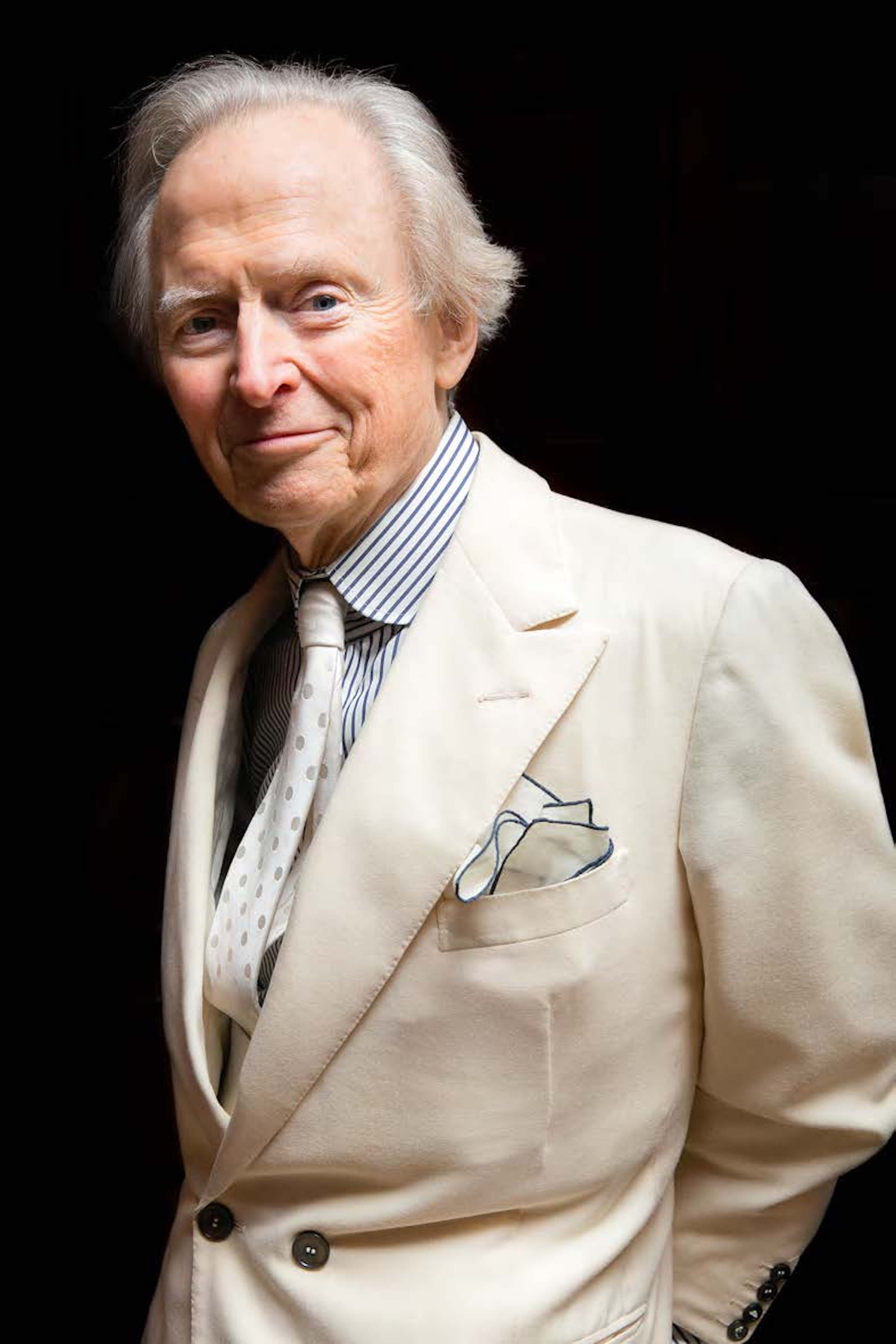
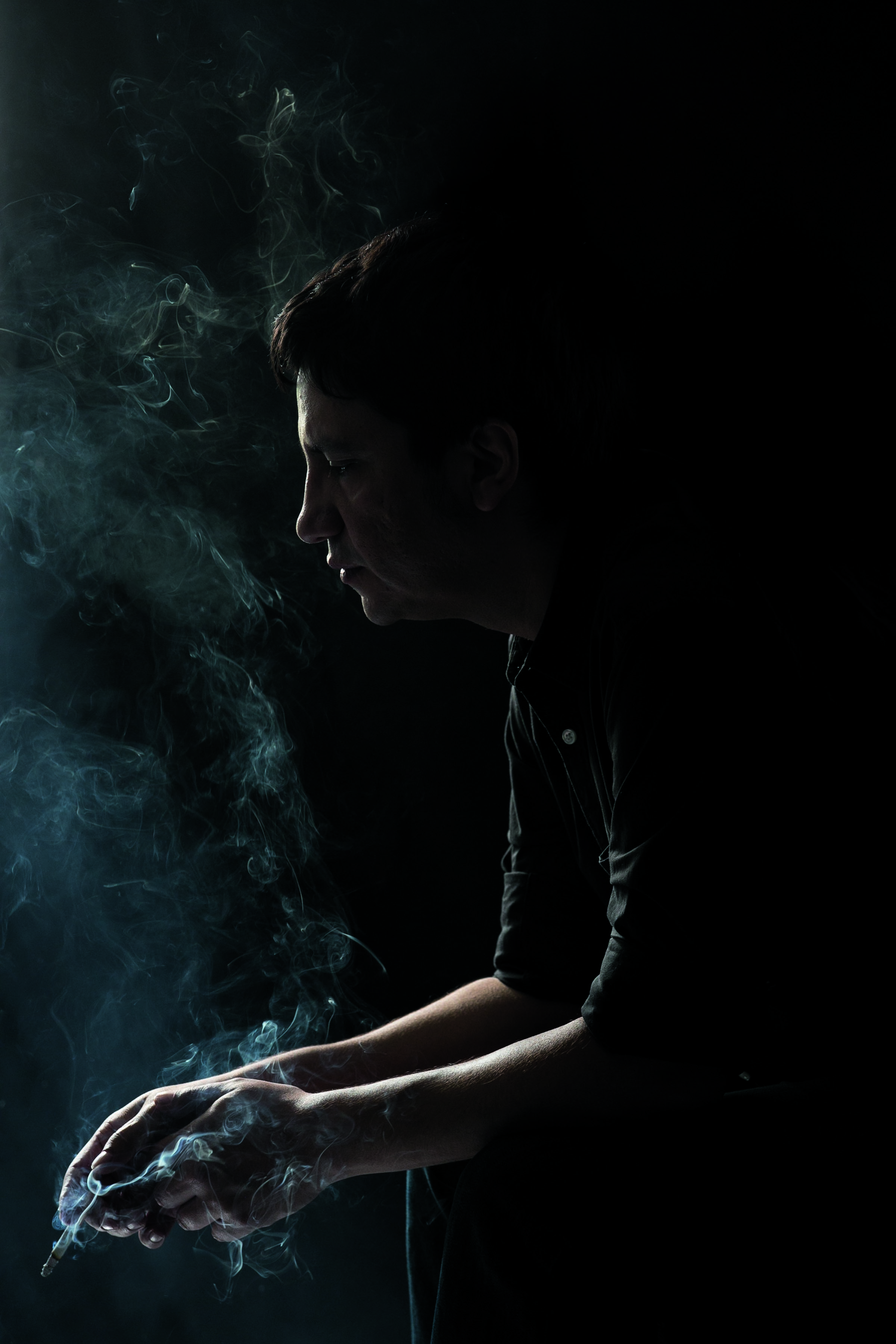
Comments
Post a Comment